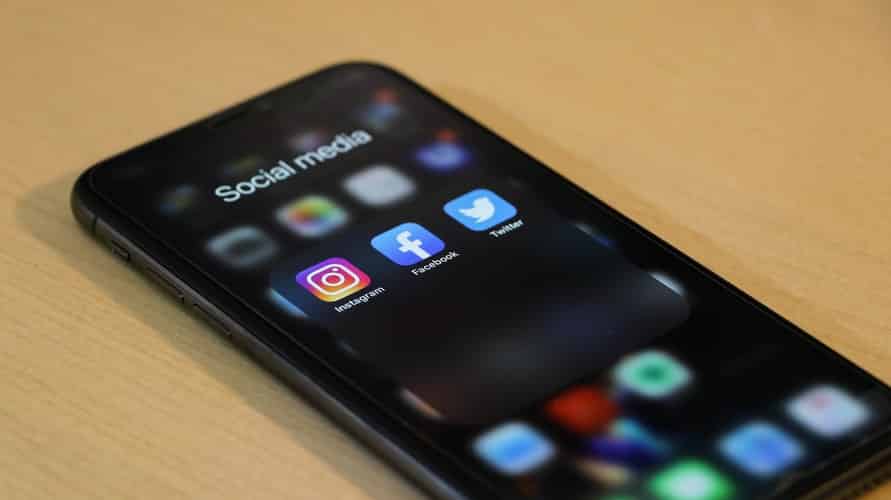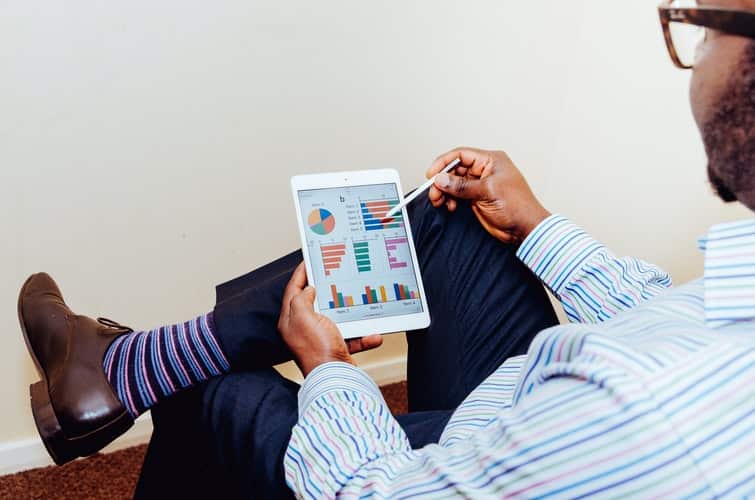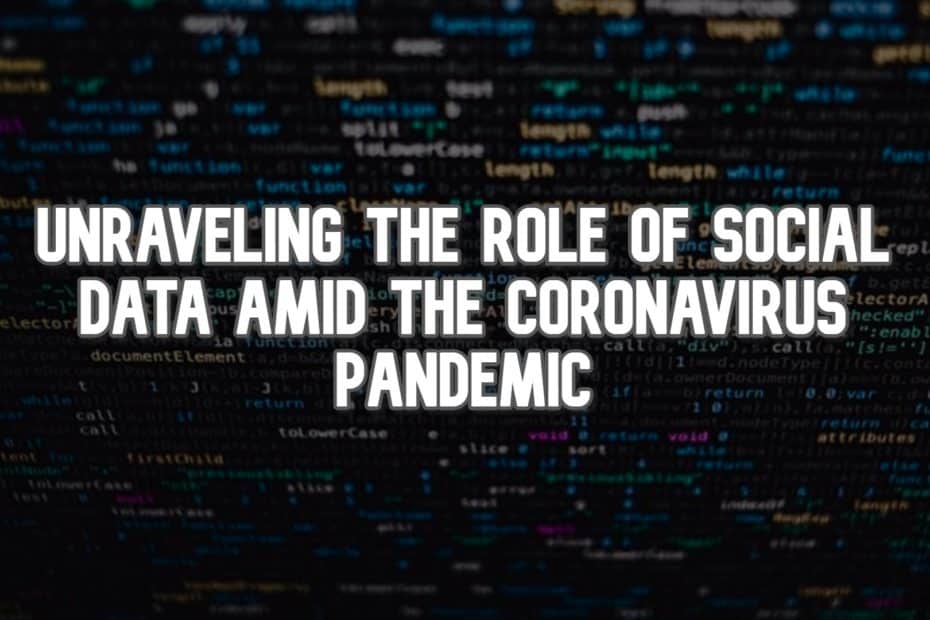With lockdowns easing worldwide, many people are curious as to what will happen next. ‘What now?’ is a common question, and so is ‘Can we go back?’ Right now, it’s unclear where we are headed, whether computer screens are the new ‘four corners’ of a classroom, or whether Zoom gatherings are the new conference sessions. These uncertainties are common, as we try to make sense of what’s happened in the last few months and how these can affect us in the future.

But the bigger question here is: how can we move forward? We cannot move without sufficient information, but we also cannot stay in one place forever. But this is where social media comes in. Social media nowadays is an indispensable trove of information that is waiting to be tapped. The raw power that social media has on our lives, and especially during this pandemic, is its ability to create connections, to communicate in ways that are otherwise not available to the traditional ways of interaction.
Let’s look at how it played a part in our lives as we ease into the reality of the lockdown era.
How Social Media is the Key to Communication During the Pandemic
The use of social media has become more apparent in this period. When face-to-face communication is limited, where there has been a shift from the physical to the digital, social media is key. Its uses are not restricted to learning the latest news on platforms like Facebook and Twitter. Still, it has also become the new channel of communication for people and businesses alike. More so during the pandemic where nationwide lockdowns and physical distancing measures are the new norms.
The swift delivery of accurate information today cannot be stressed enough. It’s crucial for containing the spread of the virus among infected patients and medical front-liners as well. Controlling the number of people to treat through the distribution of correct and reliable information is an efficient way to help alleviate the health sector’s burden in these trying times. As a result, some scientific journals have opened access to researches on COVID-19 in their contribution to the fight against the virus.
Governments and government agencies all over the world have taken their functions and services online. And also on social media, for that matter. Keeping the general public informed with updates, news, and scientific discoveries on the virus will decrease the transmission of the disease.

Physicians have also used this pandemic to bring social media to new heights. Hosting webinars, online conferences have become more popular in recent months. This allows physicians and other healthcare professionals to open discussions on COVID-19 to a wider audience since traditional seminars have either been canceled or postponed.
The Infodemic Amid the Pandemic
However, despite the abundance of information, there lies a problem: there is too much information for us to absorb. This is what’s called an ‘infodemic.’ With tens of thousands of articles on the web, it can be hard to process it all at once. The advent of spreading information on social media adds to this problem and amplifies it, giving birth to misinformation, resulting in dire consequences. And simply put, there’s not enough time to fact-check every piece of information we stumble upon. The term ‘fake news’ is a pandemic in its own definition.
To fight this, it’s a matter of choosing your sources where you get information from. Information from trusted and reliable sources such as the World Health Organization (WHO), healthcare authorities, and specialists should stand at the top of the list. Display between the right and wrong information is invaluable, attained through a thorough evaluation of information’s veracity. Information obtained through social media, in this vein, should be taken with a grain of salt unless proven to be correct and true.
The Role of Social Data on the Pandemic
One silver lining that we can take away from this pandemic is how easy it is to collect insights and data from the population using social data. Gathering social data has come a long way since the Influenza pandemic in 2009. The difference between then and now for followers on social media platforms like Twitter is how people have diversified their uses. Whereas Twitter back then was an online diary, now it’s also a hotbed for real-time updates, whether on current events, sports, gaming, etc.

And through its Topics feature, users can now pick and choose certain topics to track recent tweets and updates. This helps the wave of information, allowing people to focus on what’s relevant to them from time to time.
With social media, the public now has a bigger voice where it can air its concerns. And through these, it makes it easier for researchers and public officials to understand problems experienced by the population. An example is the lack of PPEs for healthcare professionals that popped up on Twitter. The surge in tweets helped drive the conversation to identify which areas of the health sector needed essential resources.
Conclusion
This also rings true for businesses. Nowadays, people expect businesses to have their back during these tough times, putting a strong emphasis on customer experience management. Brands should meet people where they are, whether it is on Facebook, Twitter, or Instagram, to build lasting business-consumer relationships. And these platforms are also great places to track the latest customer trends, marketing strategies, and in general, methods that work best to serve consumers better.
Regardless of the topic, followers on Twitter presents one of the best ways to drive a conversation. Day or night, the conversation never stops; each new tweet a unique insight, which tells a lot about the population’s norms and current behaviors. And in time of the coronavirus pandemic, this kind of engagement is key, which will allow health specialists, government agencies, and the public to meet on common ground. With the right use of social media and social data, we, as a whole, can help brace for what’s ahead together.
